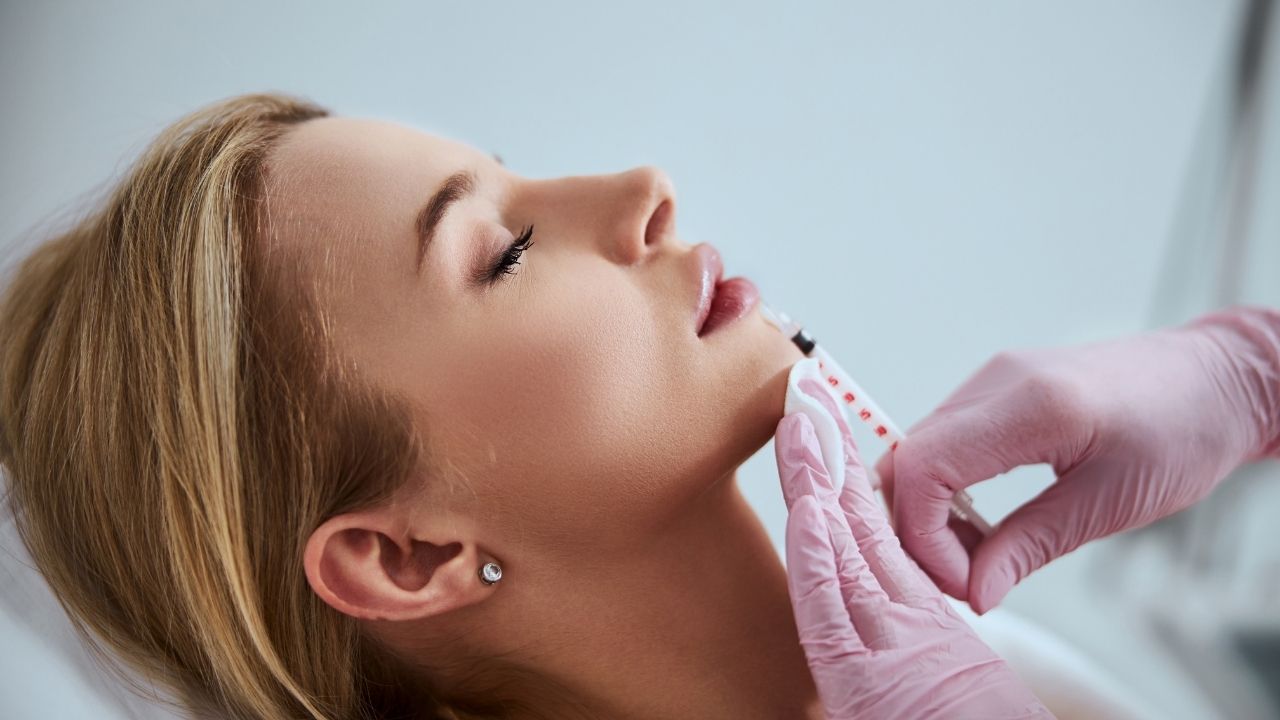A chemical or dermal peel uses a chemical solution to remove skin layers and reveals the more youthful skin below it. The peels work to minimise wrinkles and fine lines, scars, acne, and other skin imperfections. The various chemicals in the peels determine the kind of skin condition they can treat and the depth of the peel. These peels also even out the skin tone and enhance collagen and elastin. Today, you can find dermal peels like lactic peels that combine biomimetic peptides and high potency lactic acid. It strengthens skin immunity and reveals healthy glowing skin. Such peels are ideal for all skin types. Here are some essential things you need to know about them.
What Skin Conditions Can a Dermal Peel Treat?
A dermal peel can treat various skin conditions. You can find chemical peels performed on the face, hands, or neck. They can aid in reducing or improving the following:
- Fine lines below the eye or around the mouth area.
- Wrinkles from sun damage and aging.
- Certain acne types
- Age spots, liver spots, and uneven skin colouring.
- Actinic keratosis, which means precancerous scaly spots.
- Dry skin and dull complexion.
- Melisma or light patches because of using birth control pills or pregnancy.
You can find the chemical peel suitable for you by working with a dermatologist. They will inform you about the type of peel that you should use as per your skin condition and the treatment objective.
For more interesting articles, Please Visit Sonyliv Com
Different Kinds of Chemical Peels
Several types of chemical or dermal peels help with different skin concerns. They are a prominent part of skincare. So, you should know about the major ones if you are getting this treatment.
- Glycolic chemical peel – This peel penetrates deep into the skin. As a result, it is ideal for exfoliation. It’s because of the tiny molecular structure of the glycolic acid, which enables it to go deep into the different layers of the skin. Glycolic acid is employed to dissolve and make dead skin cells slough off. Thus it imparts a healthy glow to aging skin. After a glycolic chemical peel, you will notice a smooth skin surface and clear pores.
- Lactic peel – This peel is suitable for people with sensitive skin. A light chemical peel, like a lactic peel, comes from milk. It is pretty gentle, so it is ideal for sensitive skin. It works well on irritated skin and also moisturises very rough skin.
- Mandelic acid peel – Dermal peels like mandelic acid peel is a treatment that improves acne and reduces rosacea, hyperpigmentation, and photodamage. This peel treatment hydrates the skin, minimises discolouration and increases cellular remodelling. The gentle alpha-hydroxy solution enhances the surface texture and fine lines.
- Jessner peel – It’s an excellent treatment to improve acne and pigmentation irregularities. The Jessner solution combines various medical-grade exfoliators in a single peel. These exfoliators include lactic acid, salicylic acid, and resorcinol for treating wrinkles, fine lines, melasma, and acne scarring. It breaks down dead skin cells and minimises inflammation. Thus, the skin feels hydrated, clear, and supple.
- Retinol peel – Retinol is a vitamin A form that can penetrate deep into the skin layers. It’s where the live skin cells are present, and retinol helps them glow and renew. A retinol peel is for those who want hydrated and rejuvenated skin.
A dermal peel can transform the quality of your skin. But you must consult a certified dermatologist before going in for the treatment.

